



Thetford Forest has ten of the UK's fourteen bat species. Species regularly recorded by the Norfolk and Suffolk Bat Groups are Pipistrelle, Brown Long-Eared, Leisler's and Noctule.
The large, fast-flying noctule bats are the most obvious but the rarer Barbestrelle Bats live in the roof spaces at High Lodge.
For those species that prefer to spend the winter underground, a special hibernaculum has been created
The breeding season for bats is between September and November so you may see the males giving extravagant flying displays to impress the females. Bats undergo a process known as delayed implantation. The females' eggs will get fertilised immediately but the embryo only starts to develop when hibernation ends four months later.
Thetford Forest provided places for bats to hunt and feed and some places to hibernate underground but because the trees are grown for commercial timber and are harvested at about 60 years old they do not mature and develop the features attractive to bats that are found in the older trees of mature woodland such as holes and crevices. These natural features are replicated by bat boxes.
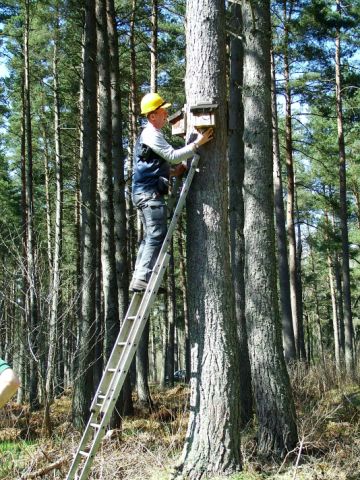
The bat box scheme was started by Dr Robert Stebbings, for the Nature Conservancy in 1975 in a core area at High Lodge and was later expanded to the wider forest. The boxes are currently monitored twice a year, in the spring and autumn. This is done by carefully opening each box and closely inspecting each individual bat to determine its species, gender and age and if female whether it has bred that summer. The bats are then returned to the same box while still torpid (or sleepy).
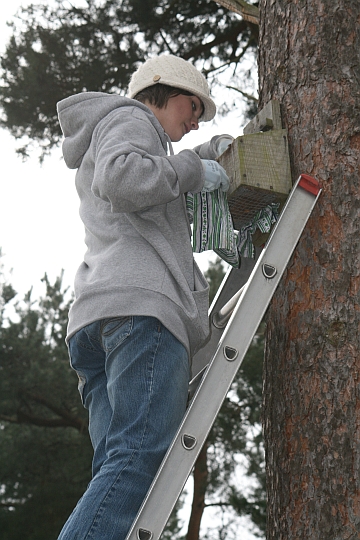
Common Pipistrelle, Soprano Pipistrelle, Brown Long-Eared, Leislers's and Noctule bats are all species regularly using the bat boxes. Natterer's bat is occasionally found using them. Daubenton's and Barbastelle bats are also recorded in the forest but have not been found to use the bat boxes.
Some of these bats have rings secured onto them and this enables individual bats to be recognised and answer some fundamental questions, such as where and how far they travel and how long they live for. Some bats in Thetford Forest are now known to survive for over twenty years!
Bats are important predators of many potential insect pest species such as leaf eating moths and wood boring caterpillars. A single bat can eat 3,000 mosquitoes in a night! They are also a food source for some of the faster raptors such as Sparrowhawk and Hobby.
All species of bat are strictly protected under UK and European law and any work that could disturb bats or their roosts, including bat box monitoring, can only be carried out under license.
| Common Name | Scientific Latin Name | Picture | Photo Credit |
|---|---|---|---|
| Common Pipistrelle | Pipistrellus pipistrellus |
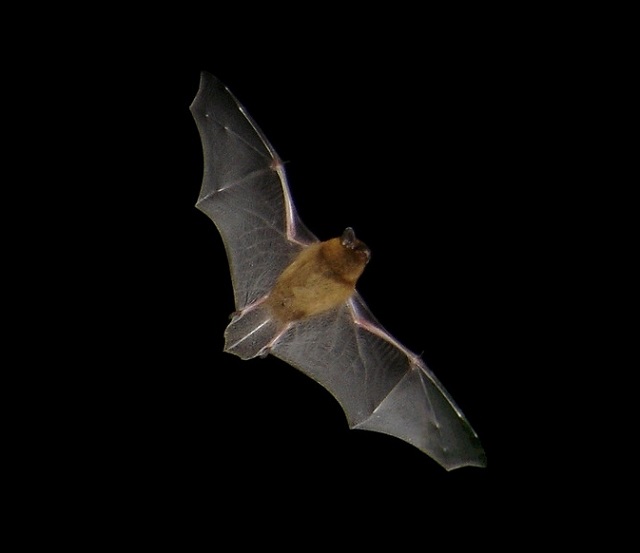
|
1 |
| Soprano Pipistrelle | Pipistrellus pygmaeus |
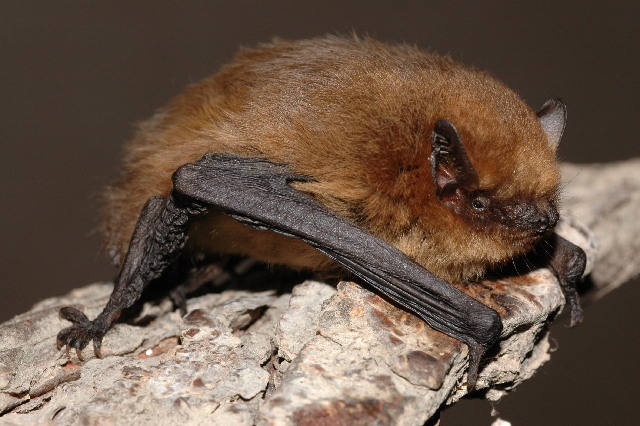
|
2 |
| Nathusius' pipistrelle | Pipistrellus nathusi |
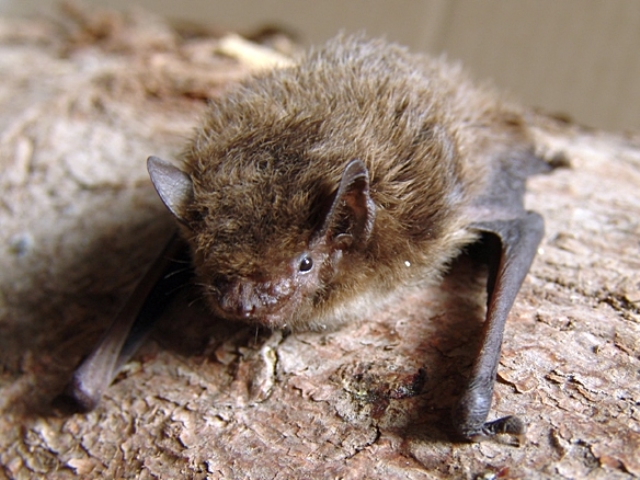
|
3 |
| Brown Long-Eared Bat | Plecotus auritus |
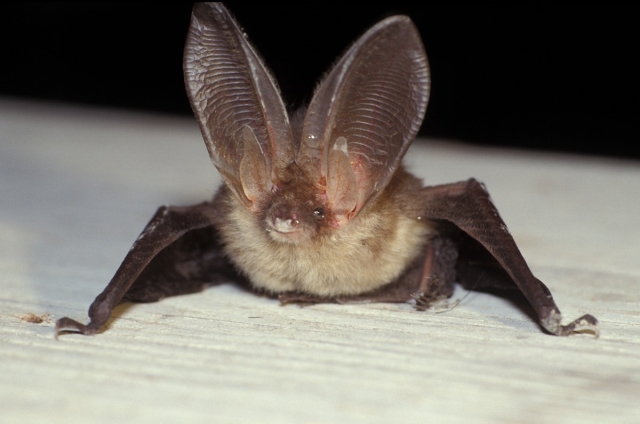
|
4 |
| Leisler's bat | Nyctalus leileri |
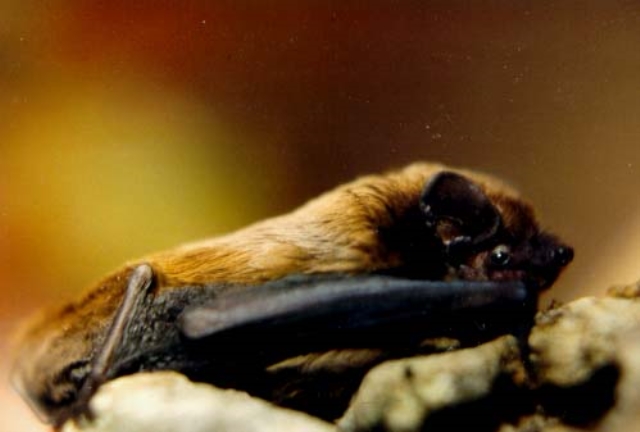
|
5 |
| Noctule | Nyctalus noctula |
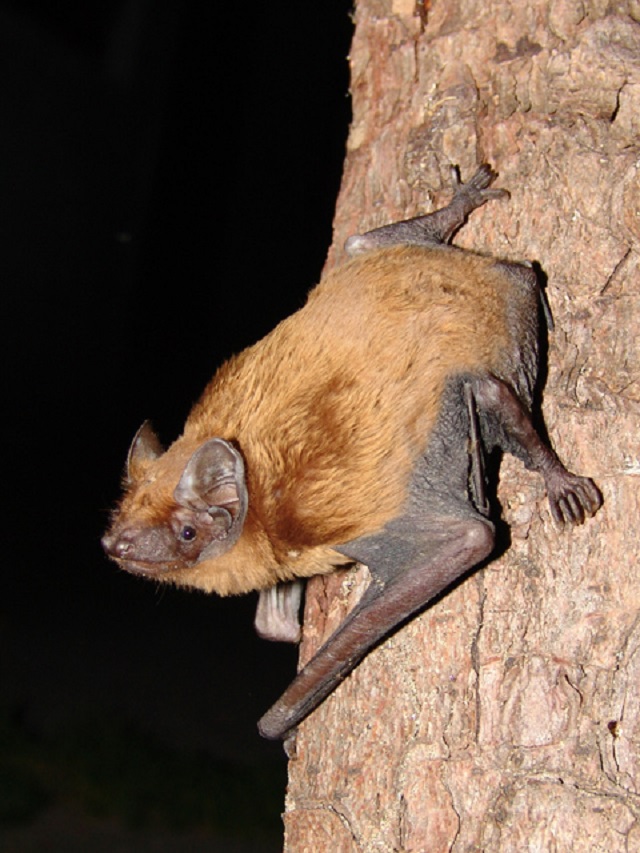
|
6 |
| Natterer's bat/td> | Myotis nattererei |
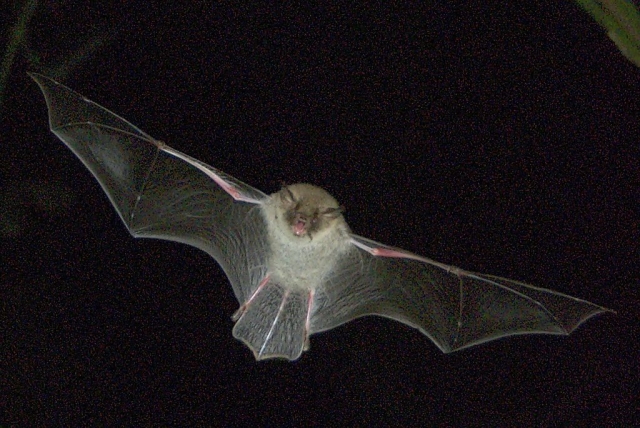
|
7 |
| Daubenton's bat | Myotis daubentoni |

|
8 |
| Barbastelle Bat | Barbastella barbastellus |
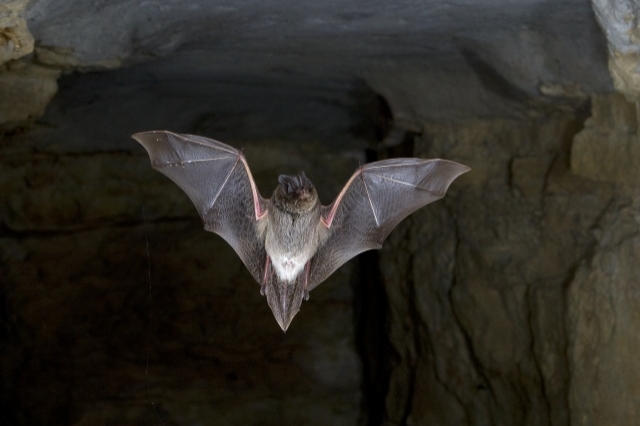
|
9 |
| Serotine | Eptesicus serotinus |
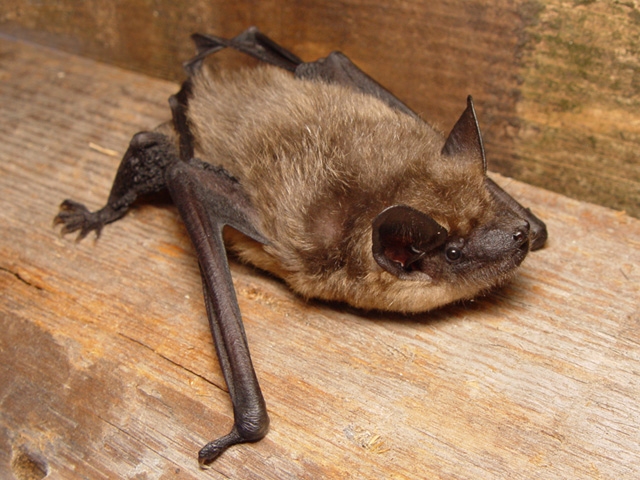
|
10 |
1Barracuda1983 [CC BY-SA 3.0], via Wikimedia Commons
2Evgeniy Yakhontov [CC BY-SA 3.0], via Wikimedia Commons
3Mnolf [CC BY-SA 3.0], via Wikimedia Commons
4None
5Manuel Werner, Nurtingen, AG Fledermausschutz Baden-Wurttemberg [CC BY-SA 3.0], via Wikimedia Commons
6Mnolf [CC BY-SA 3.0], via Wikimedia Commons
7Guido Gerding [CC BY-SA 3.0], via Wikimedia Commons
8Guido Gerding [CC BY-SA 3.0], via Wikimedia Commons
9C. Robiller / Naturlichter.de [CC BY-SA 3.0], via Wikimedia Commons